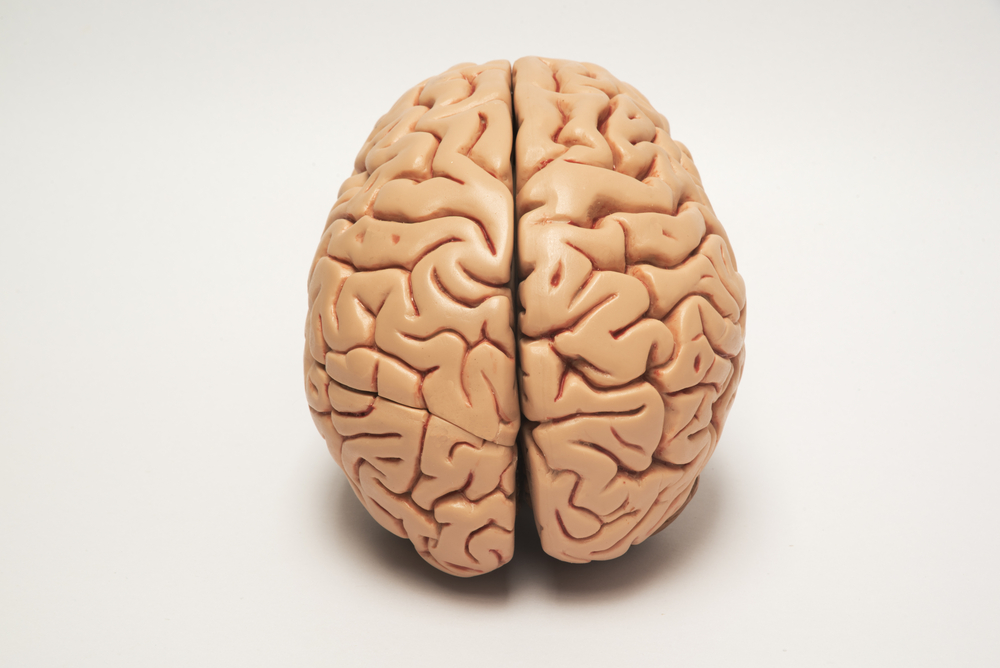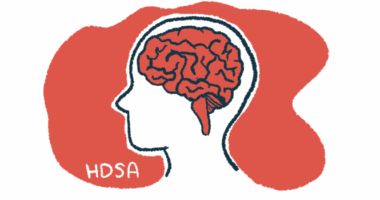Too Much Urea in Brain May Underlie Huntington’s Disease Progression, Study Shows

Aberrant metabolism of urea is a potential first event promoting Huntington’s disease (HD), a study with a sheep model and human brain samples showed. The findings suggest that lowering brain levels of urea is a potential therapeutic avenue for HD.
The report “Brain urea increase is an early Huntington’s disease pathogenic event observed in a prodromal transgenic sheep model and HD cases” was published in the journal PNAS.
HD is characterized by extensive loss of striatal neurons leading to a major atrophy of the brain tissue called striatum. It is an area involved in movement initiation, response selection and attention processes.
The disease is caused by a mutation in the Huntingtin (HTT) gene, but the full disease mechanisms remain poorly understood.
Researchers developed a sheep model for human HD – called OVT73 model – that displays the early features of the disease, such as alteration in circadian rhythm (the body’s inherent body clock). The animals also showed altered levels of specific metabolites (products of metabolism) in the brain and liver, indicative of a metabolic defect in this early-disease model.
To further characterize the changes occurring early in the disease, researchers performed an RNA sequencing analysis comparing the striatal tissue from OVT73 and control sheep. With RNA sequencing, researchers are able to identify how gene expression is different between diseased tissue and tissue used as as control.
The results showed once again a metabolic defect in the OVT73 sheep, particularly in the metabolism of urea.
“Together with its precursor ammonia, urea is neurotoxic in excess and could certainly contribute to HD pathogenesis,” researchers wrote.
Furthermore, they detected higher levels of an urea transporter, called SLC14A1, in the OVT73 sheep leading to higher levels of urea in the striatum and cerebellum. This is in agreement with researchers’ previous findings in which postmortem tissue of HD human brain showed elevated levels of urea. These findings were replicated further with a larger group of HD cases, with different stages of the disease, including early stages of the disease without a major loss of neurons.
Overall, “this research provides robust evidence of widespread urea elevation in the HD postmortem brain, which occurs independently of overt neurodegeneration and disease symptoms,” authors wrote.
One of the possible causes for the increased urea production, researchers suggested, could be a higher protein catabolism (i.e., the breakdown of proteins) due to an increase in energy, and consequently, metabolic demands of HD. The processing of proteins by our organism results in waste ammonia, a toxic compound. Because our body cannot dispose of this chemical in a safe and effective manner, it converts it to urea, which travels to the kidneys and is excreted in the urine.
Further research is required to identify the source of the elevated urea in HD, a discovery that will have “profound implications for our fundamental understanding of the molecular basis of HD, and its treatability, including the potential use of therapies already in use for disorders with systemic urea phenotypes,” the study authors concluded.






